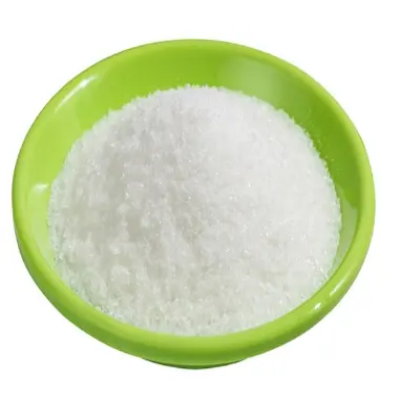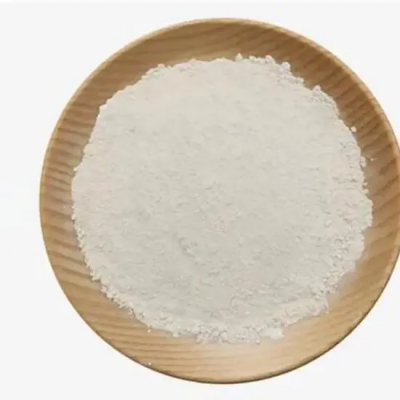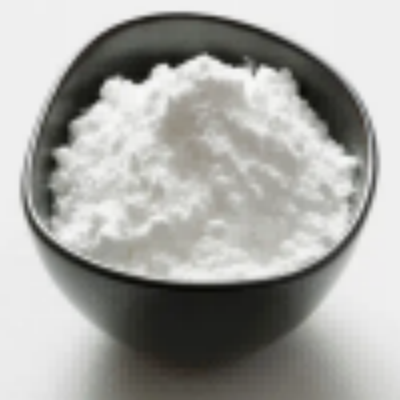-

triruthenium dodecacarbonyl CAS:15243-33-1
Triruthenium dodecacarbonyl, with the chemical formula Ru3(CO)12, is a coordination complex consisting of three ruthenium atoms bonded to twelve carbon monoxide ligands. It is a bright yellow crystalline solid and is known for its unique structure and properties.
-

Ruthenium Red CAS:11103-72-3
Ruthenium Red is a chemical compound with the formula RuO4·xH2O, consisting of ruthenium and oxygen. It is a red to violet crystalline powder and is known for its applications in biological and chemical research.
-

dipotassium hexachlororuthenate CAS:23013-82-3
Dipotassium hexachlororuthenate is a chemical compound with the formula K2RuCl6. It is a dark red solid and is commonly used in various chemical and industrial applications.
-

Ruthenium acetate CAS:72196-32-8
Ruthenium acetate is a coordination compound that consists of ruthenium coordinated to acetate ligands. It is a versatile compound with various applications. Ruthenium acetate is commonly used as a catalyst in organic synthesis, particularly in the hydrogenation of alkenes and alkynes, as well as in the transfer hydrogenation of ketones and aldehydes. Its catalytic activity and selectivity make it valuable in the production of fine chemicals, pharmaceutical intermediates, and agrochemicals.
-

Tetracarbonyldi-micron-chlorodirhodium(I) CAS:14523-22-9
Tetracarbonyldi-micron-chlorodirhodium(I) is a chemical compound consisting of two rhodium atoms bonded to four carbonyl groups and two chloride ions. It is commonly referred to as Rh2Cl2(CO)4. This compound is widely used as a catalyst in various organic reactions due to its unique structural and electronic properties.
-
![Ruthenium,tetracarbonyl-m-hydro[(1,2,3,4,5-h)-1-hydroxylato-2,3,4,5-tetraphenyl-2,4-cyclopentadien-1-yl][(1,2,3,4,5-h)-1-hydroxy-2,3,4,5-tetraphenyl-2,4-cyclopentadien-1-yl]di- CAS:104439-77-2](https://cdn.globalso.com/xindaobiotech/20KKQ1ROFEVXI9DUBYB2.png)
Ruthenium,tetracarbonyl-m-hydro[(1,2,3,4,5-h)-1-hydroxylato-2,3,4,5-tetraphenyl-2,4-cyclopentadien-1-yl][(1,2,3,4,5-h)-1-hydroxy-2,3,4,5-tetraphenyl-2,4-cyclopentadien-1-yl]di- CAS:104439-77-2
Ruthenium,tetracarbonyl-m-hydro[(1,2,3,4,5-h)-1-hydroxylato-2,3,4,5-tetraphenyl-2,4-cyclopentadien-1-yl][(1,2,3,4,5-h)-1-hydroxy-2,3,4,5-tetraphenyl-2,4-cyclopentadien-1-yl]di- is a chemical compound that belongs to the family of transition metal complexes. It consists of a ruthenium atom bonded to two molecules of [(1,2,3,4,5-h)-1-hydroxylato-2,3,4,5-tetraphenyl-2,4-cyclopentadien-1-yl]. The compound is commonly used in various chemical reactions and has several applications in industries.
-

Tris(triphenylphosphine)rhodium(I) chloride CAS:14694-95-2
Tris(triphenylphosphine)rhodium(I) chloride, is employed as a catalyst in various organic synthesis reactions, particularly in the context of homogeneous catalysis. It is known for its ability to facilitate a range of important transformations, including hydrogenation, hydroformylation, and various carbon-carbon and carbon-heteroatom bond-forming reactions. This complex is utilized in the preparation of fine chemicals, pharmaceutical intermediates, and complex organic molecules, playing a crucial role in the efficient and selective synthesis of valuable compounds.
-

tris(acetonitrile)cyclopentadienylruthenium(ii) hexafluorophosphate CAS:80049-61-2
Tris(acetonitrile)cyclopentadienylruthenium(II) hexafluorophosphate is commonly used as a catalyst in organic synthesis, particularly in the activation of small molecules and the promotion of various chemical transformations. Its ability to facilitate these reactions under mild conditions with high efficiency and selectivity makes it valuable in the production of pharmaceutical intermediates and fine chemicals.
-

Tris(2,2′-bipyridine)ruthenium dichloride CAS:14323-06-9
Tris(2,2′-bipyridine)ruthenium dichloride, also known as Ru(bpy)3Cl2, is a coordination complex of ruthenium with two chloride ions and three 2,2′-bipyridine ligands. It has a deep red color and is used in various applications due to its unique properties.Ru(bpy)3Cl2 is commonly used as a photosensitizer in dye-sensitized solar cells (DSSCs), which are a type of third-generation solar cells. It absorbs light and transfers electrons to the semiconductor, generating electricity. It is also used as a luminescent probe in biochemical assays for detecting DNA and proteins.
-

Hexacarbonyldi(chloro)dichlorodiruthenium(II) CAS:22941-53-3
Hexacarbonyldi(chloro)dichlorodiruthenium(II) is a coordination compound containing ruthenium as the central metal atom. It is commonly used as a catalyst in various chemical reactions due to its unique properties and reactivity.
-

Rhodium nitrate CAS:13465-43-5
Rhodium nitrate is a chemical compound with the formula Rh(NO3)3. It is a water-soluble salt that contains the transition metal rhodium in the +3 oxidation state. Rhodium nitrate is commonly encountered in the form of a reddish-brown crystalline solid and is known for its applications in various chemical and industrial processes.
-

Ruthenium dioxide hydrate CAS:32740-79-7
Ruthenium dioxide hydrate, also known as ruthenium(IV) oxide hydrate, is a chemical compound with the formula RuO2·xH2O. It is a dark brown to black solid that is of interest due to its unique properties and potential applications.

